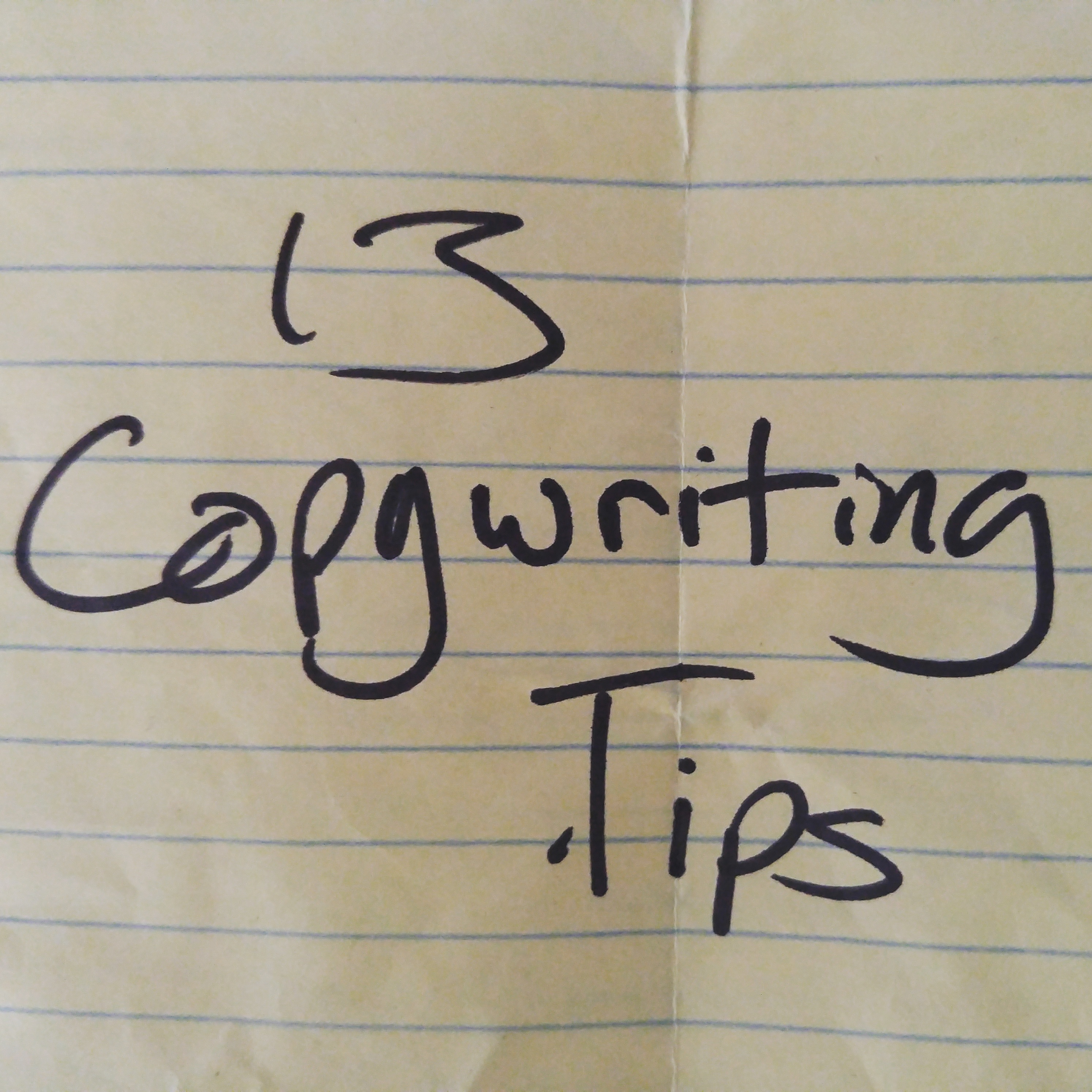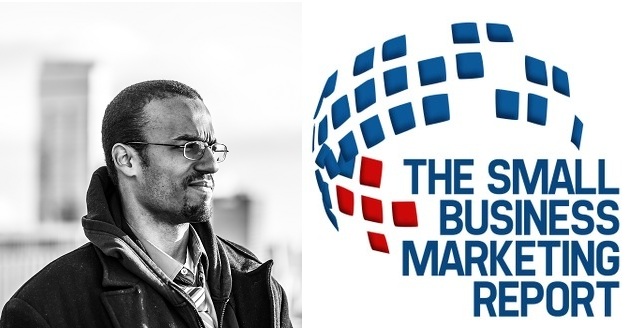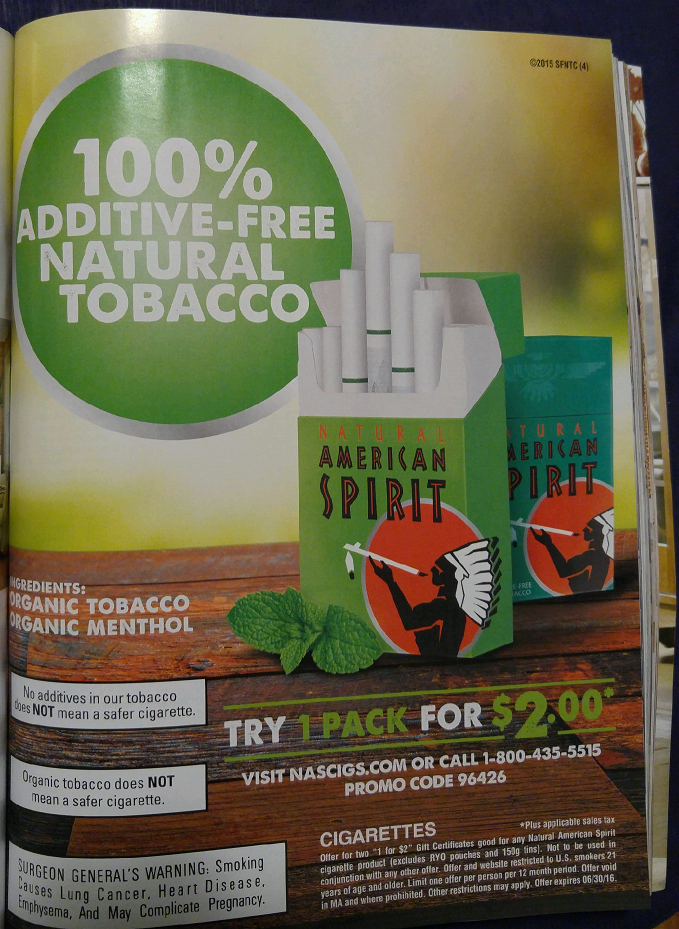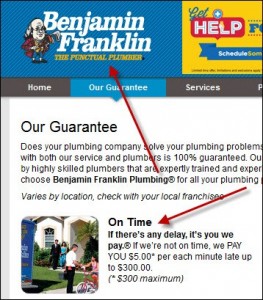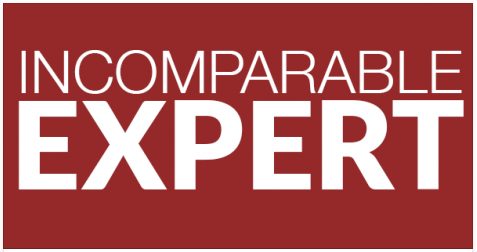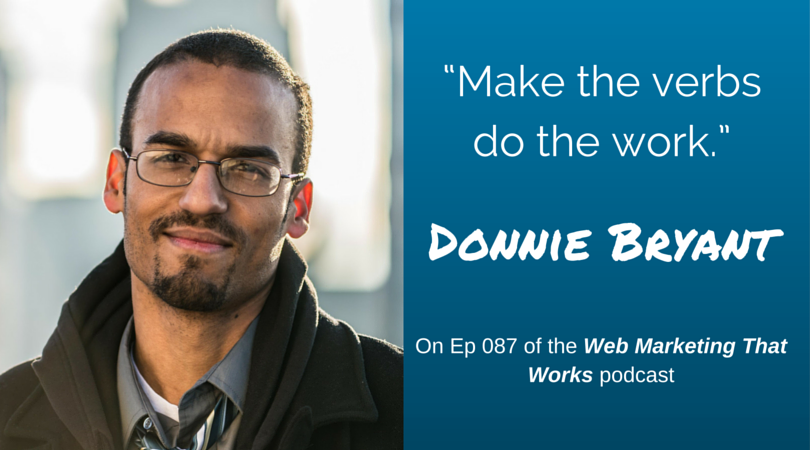Over the past 10 months or so, I’ve picked up the most profitable client of my copywriting career AND a client I’d only dreamed of working with (arguably the most prestigious organization in the world in its niche)…
…through social media. These two connections will be worth hundreds of thousands of dollars for me.
That’s a weird thing for me to say.
I’ve been cautious about recommending social media as a marketing tool to others. I spend limited amounts of time using it myself. So how do I explain the undeniable client-attracting effect that social media has had on my business?
This is something small business owners and solo professionals need to sort out. Hopefully my tales of adventure will help you do that.
Social Media Is a Grenade…
…you have to make sure it explodes in the right place.
Here’s why I’ve taken a pessimistic tone on social media marketing in the past.
- Social media is rarely the highest and best use of your time. It’s too easy to spend 3 hours on your favorite platform. In my experience, you have more control and get a better ROI with other marketing methods (direct mail, email marketing, content marketing). It may not always be true for everyone, but definitely something you need to constantly watch out for.
- Be smart with your time. “Do not confuse motion and progress. A rocking horse keeps moving but does not make any progress.” ~ Alfred Montapert
- You can’t put the cart before the horse. There is a temptation among many entrepreneurs to think that social media will instantly put you in front of millions of eager customers. Doesn’t usually work that way. You have to get good at what you do first. Then, put stakes in your own digital real estate. A solid website is a strong foundation you can build on.
- It’s hard to take any business or service provider without a website seriously. And it should be on a domain you own.
- If you have subpar products, services, positioning or messaging, being active on social will just get you in trouble faster. First things first.
- Your audience is probably not on Facebook or Twitter looking to buy something. Social media is part of the big picture. But using it for the leading edge of your sales process makes things more complicated. People have to go from looking for cute cat videos to buying your stuff in one step. You’re asking them to make a major shift.
- It depends on what you sell. Fashion stuff seems to do fine on Instagram. And LinkedIn is made for commercial purposes.
The chances of “overnight success” are small, especially if your budget is also small.
You must be prepared to “show up” for an extended period of time. That includes your social media activity.
The most common advice/encouragement I give to entrepreneurs and marketers lately has been to trust in the cumulative effect of your efforts over time. Keep showing up, even when you feel like giving up.
This is especially true, I think, in social media. In our minds, social networks and instant feedback are synonymous. We’re vulnerable to despair if we continue to think that way.
How Social Media Has Worked for My Service Business
I’ll admit, I don’t have a detailed social marketing strategy. My approach has been strategic, though. Note: this is what’s worked for me. Results will vary.
Social media is an attraction device for me. I use it to educate my growing audience (demonstrating my expert status in the process) and connecting with like-minded people and influencers. I don’t go after prospects. That’s not my style. But I do try to establish a presence where people I want to attract hang out online.
Behind the scenes, I have created a mountain of content. I’m doing the work and sharing what I learn – not just talking about what’s trending – or answering questions (like this post). That’s how I earn the right to play in social media sandbox. Again, you can’t put the cart ahead of the horse.
I position myself as an expert in my field and produce the content to back up my claims.
I connect with people who can vouch for my character, share my content and let me appear on their stages occasionally. They also become great referral partners. I promote and refer them, too.
LinkedIn has been the best performer for me. I spent some time creating what I think is a decent profile. I share a lot of content, both my own, my friends’ and other interesting material I come across. And I engage with my network. It probably takes up an hour or 90 minutes a week.
I enjoy Twitter, and my content gets some traction there, but I can’t say that I’ve gained any client work there. Twitter traffic is also below average in terms of time on site, pageviews, etc. The primary benefits I get from Twitter are the goodwill I get for sharing other people’s content and the relationships that have formed as a result.
It’s another place I get to show my expertise.
Google+ has lost most it’s charm for me, but I still post most of my new articles with the hopes that Google will show me favor and index them quickly.
Facebook is all about relationships. You may have noticed. The biggest benefit I get on FB is in private groups where engagement is high-value. Everyone helps and supports everyone else.
Here’s the main point I’m making. Social media has worked well for me because
- I’ve been consistently persistent in showing up and providing the highest value I’m capable of creating
- Focusing on others – sharing their content, being helpful to them and
- Using the platform to attract and be attractive to people I want to connect with. I show off my expertise and let the content do the rest.
- I’m more worried about quality than quantity. As I mentioned in the beginning of this article, two connections will put 6-figures in my pocket.
Your Action Steps
Decide what success looks like for you. Want to generate steady stream of traffic to your product page? Are you using the number of ‘Likes’ you have or the size of your following as social proof? Will you target qualified prospects individually? Don’t think that you have to copy someone else who seems successful. Decide what you want and develop a strategy from there.
Focus on the foundation. That doesn’t mean you wait until you’re the best in the world before you start promoting yourself. Just commit to getting better all the time and don’t pretend to be something you’re not. Social media should call attention to your awesome skills, but you have to have some substance behind the tweets and posts.
Have a plan for what happens after you engage socially. Will the person sign up for your email list? Buy your product? Show up for your next Periscope session? Be specific with what you want to accomplish and formulate an A to B to C plan to make it happen.
Make social one part of your overall marketing strategy. You should have multiple ways to reach your target audience.
Be persistent. If possible, be consistent, too. Make a plan, schedule some time, then go to work. Use automation tools that save you time.
Give. Be known for providing value to others. Not just tooting your own horn.
That’s my two cents.



